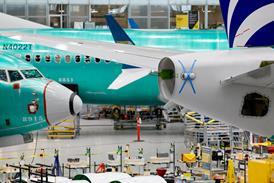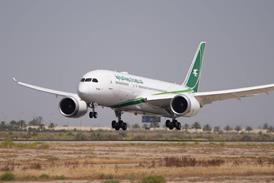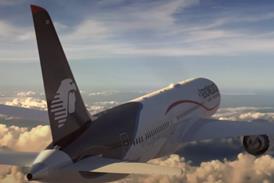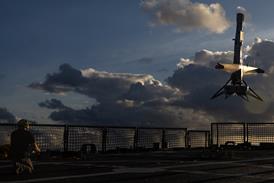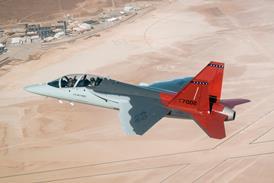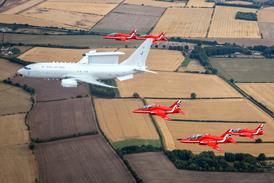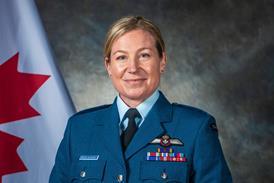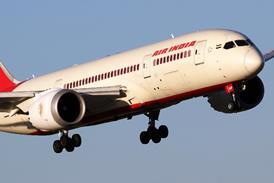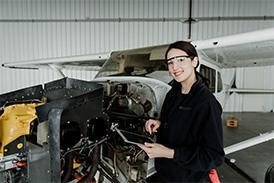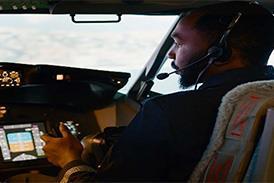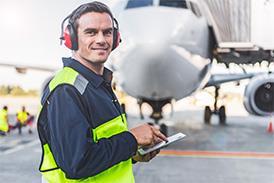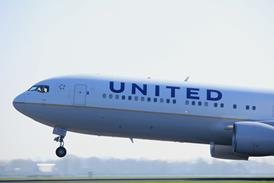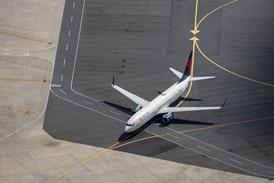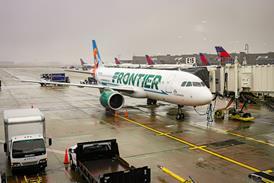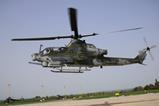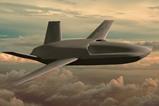The Netherlands has signed on to participate in the US Air Force’s (USAF’s) effort to develop uncrewed fighter aircraft.
Amsterdam on 16 October said Dutch defence minister Gijs Tuinman signed a letter of intent to join the Collaborative Combat Aircraft (CCA) programme, which is testing two proposed designs for low-cost tactical jets that can operate autonomously with human oversight.
Tuinman made the written commitment at the Dutch embassy in Washington, DC, which is hosting the annual NL-US Defence Industry Days event from 16-17 October.
“By signing the letter of intent, the Netherlands is demonstrating its desire to make progress with innovation and cooperation in the field of unmanned systems,” the Dutch defence ministry says.
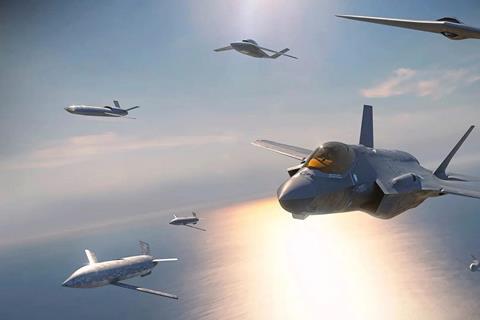
Developing unmanned systems is among five focus areas identified in Amsterdam’s Defence Strategy for Industry and Innovation document, released in April.
“By joining this US development programme at this time, the Netherlands is seizing an opportunity to assume a leading role,” the defence ministry adds of the CCA decision.
The move comes one week after neighbouring Denmark announced its own intention to acquire uncrewed fighters, though Copenhagen did not identify potential candidates or suppliers.
The USAF plans to select its first CCA design from among two finalists in late 2026. The chosen aircraft will become the first to bear the new “FQ” designation, versus the traditional “F” nomenclature that has become standard for US fighters in the modern era.
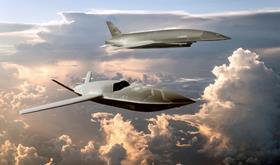
Competing for that historic achievement are the General Atomics Aeronautical Systems YFQ-42A and Anduril Industries YFQ-44A prototypes. The General Atomics design is currently in flight testing, while Anduril’s jet is set to get airborne this month.
The USAF plans to deploy the first-generation CCAs to support crewed fighters, providing additional air-to-air weapons.
The service has used surrogate aircraft like the Kratos XQ-58A to test integrating uncrewed jets with fourth-generation fighters like the Boeing F-15 and Lockheed Martin F-16, as well as the fifth-generation Lockheed F-35.
The Royal Netherlands Air Force is also an F-35 operator, and Amsterdam is bullish on the prospect of supplementing its 46 F-35As with an unspecified number of uncrewed CCAs.
“Integrated unmanned air systems can significantly increase the effectiveness of manned fighter aircraft such as the F-35,” the Dutch defence ministry says.
The agency suggests that operating high-risk flights over enemy territory are ideal missions for the semi-autonomous CCAs, in addition to offering additional sensor range and weapons to crewed fighters.
Crucially, the goal of the USAF programme is to provide such tactical enhancements at a price far cheaper than with modern fighters.
A conventional take-off and landing F-35A costs around $78 million, while the sixth-generation Boeing F-47 under development for the USAF is expected to run somewhere in the neighbourhood of $200 million.
By contrast, both Anduril and General Atomics have said their CCA designs will be available for less than $20 million.
“Such capabilities are faster and cheaper to produce than traditional manned fighter aircraft,” the Dutch defence ministry confirms.
Amsterdam separately signed an agreement with General Atomics, also on 16 October, covering development of a small uncrewed aircraft tailored for an intelligence, surveillance and reconnaissance role.
“The partnership envisions implementing a business model that will enable the platform to scale up to high-volume production to meet demand,” General Atomics says.
Dutch manufacturing firm VDL Defentec was selected by General Atomics to provide contract manufacturing of the new platform. No details were provided about the new aircraft’s configuration and size.
General Atomics expects to fly the new design before the end of 2025, indicating it is likely based on one of the company’s many existing uncrewed platforms. Low-rate initial production on the programme is to begin in 2026, with work occurring in the USA and Netherlands.


